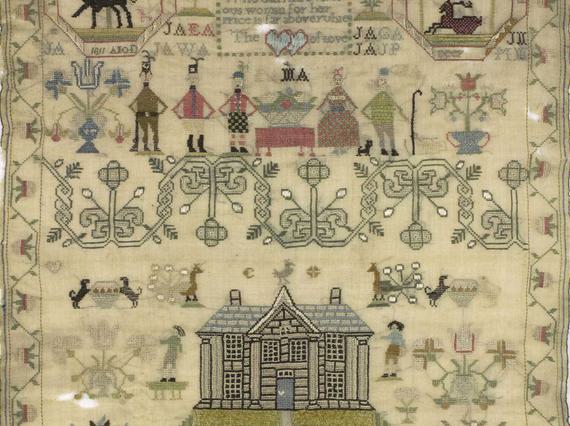
About Embroidered Stories: Scottish Samplers
This exhibition provided an insight into the lives of children in the 18th and 19th centuries through a unique collection of Scottish samplers on loan from American collector Leslie B. Durst.
Made by girls and occasionally boys, usually as part of their education, samplers are small pieces of needlework containing information about a person’s education, family, religion and interests. This collection of 70 samplers is a touching personal record of children’s lives, made by hand in their formative years and recording the things most dear to them.
Scottish samplers are unique in that they often include the initials of extended family members and details of the place where the person lived. This has allowed collector Leslie Durst to identify the makers through genealogical research, often revealing surprising personal histories.
Through the stories, they tell and the research behind them, this collection of samplers charts changes in morality, education and the industrialisation of Scottish society while also providing a fascinating insight into women’s history.
Very interesting to see the beautiful work and to learn something of the education and the stories of these young Scottish girls and women.
London, England
A superb collection, showing the skills of young girls in times past. It is interesting to think they were learning a varied curriculum via these activities.
Edinburgh, Scotland
An excellent way to identify how Scottish women could persist and be alive through hard times.
Argentina
Sampler highlights
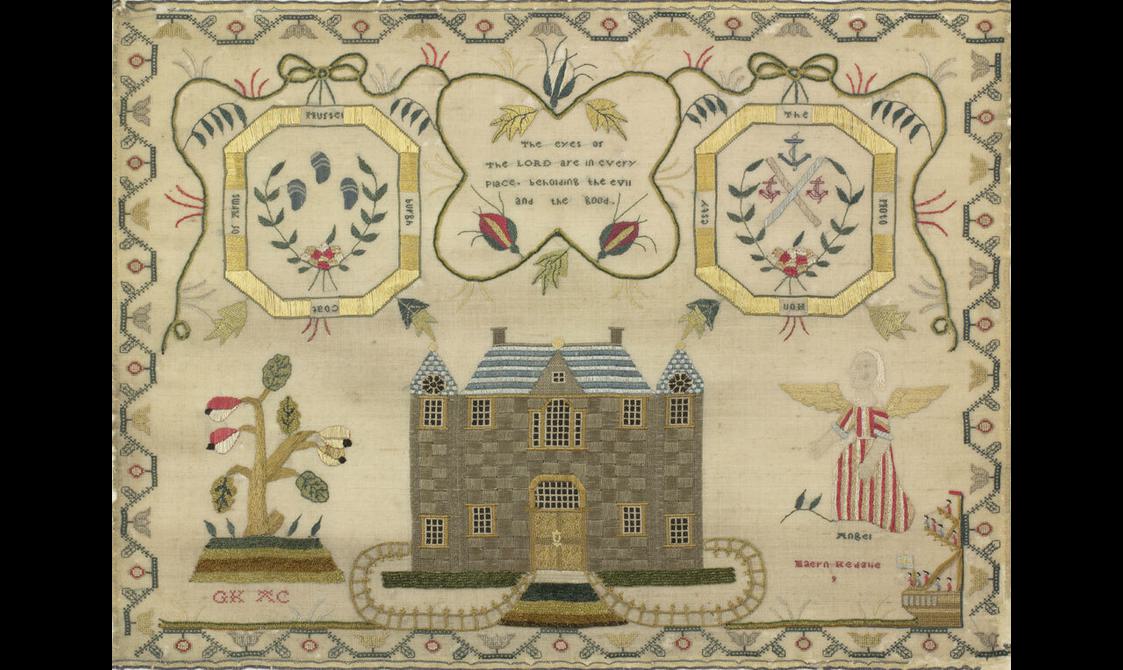
Maern Kedglie, from Inveresk, represented the neighbouring town of Musselburgh in her sampler, using the town’s coat of arms of three anchors and three mussels.
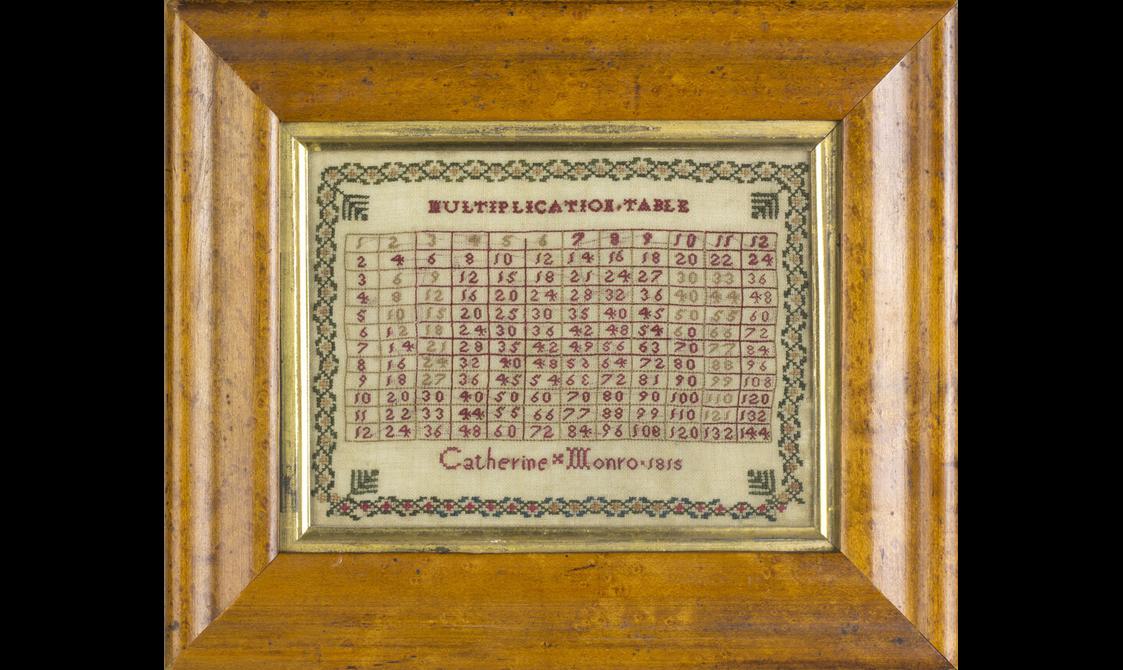
Catherine Monro’s multiplication sampler reflects the type of schooling she received.
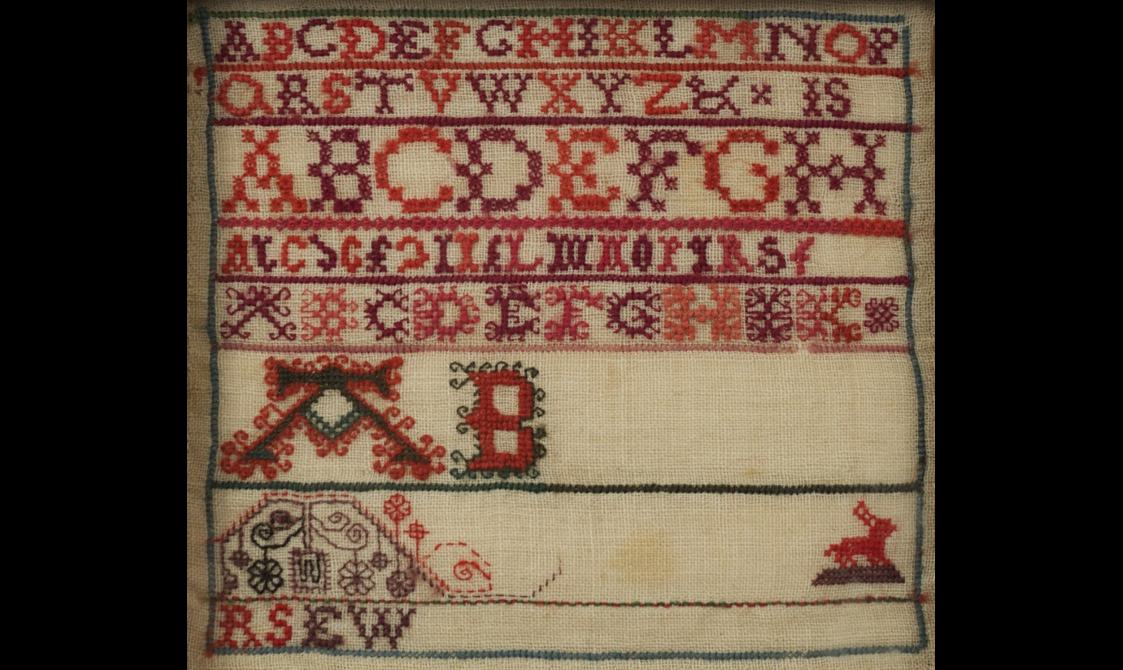
This alphabet sampler has been left unfinished. It is one of a collection of samplers created by the Swan and Ballingal families
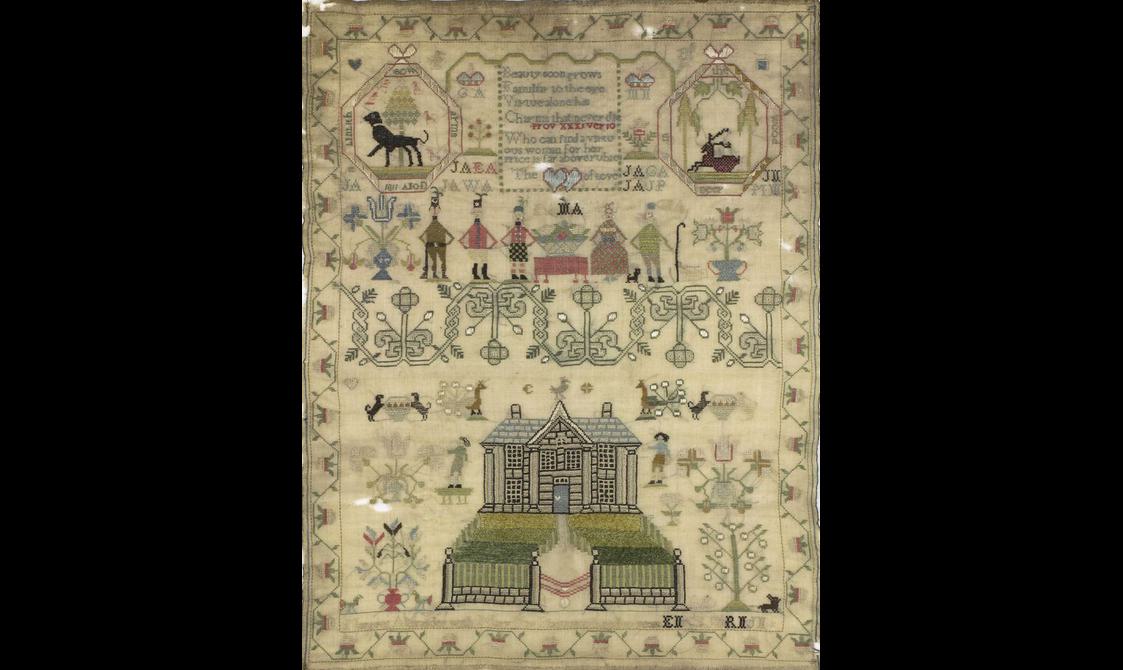
Margaret Alexander’s sampler, made during the Napoleonic Wars, includes portraits of three British army regiments.
Interview with Leslie B Durst
Generously loaned from the Leslie B. Durst Collection.
Header image: Margaret Alexander’s sampler, made during the Napoleonic Wars, includes portraits of three British army regiments. © Leslie B. Durst Collection.
You might also like
- Discover

Cloth of identity: Designing tartan
Tartan is one of the most recognisable symbols of Scotland. With historical roots in the display culture of medieval Gaelic society, this living tradition has constantly evolved to suit the social and cultural landscapes of the…Keep reading - Discover

Eunice Olumide, MBE: Her story in objects
Eunice reflects on her personal journey, and on feeling conflicted about accepting an award that celebrates the British Empire.Keep reading - Discover
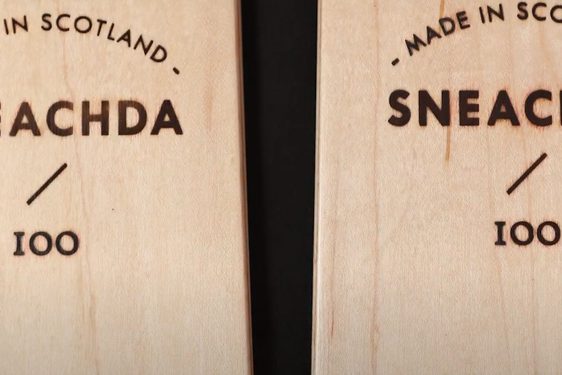
Scotland's ski-maker
Jamie Kunka is a self-taught ski-maker. Fusing tradition and innovation, he founded Lonely Mountain Skis in Birnam, Perthshire.Keep reading